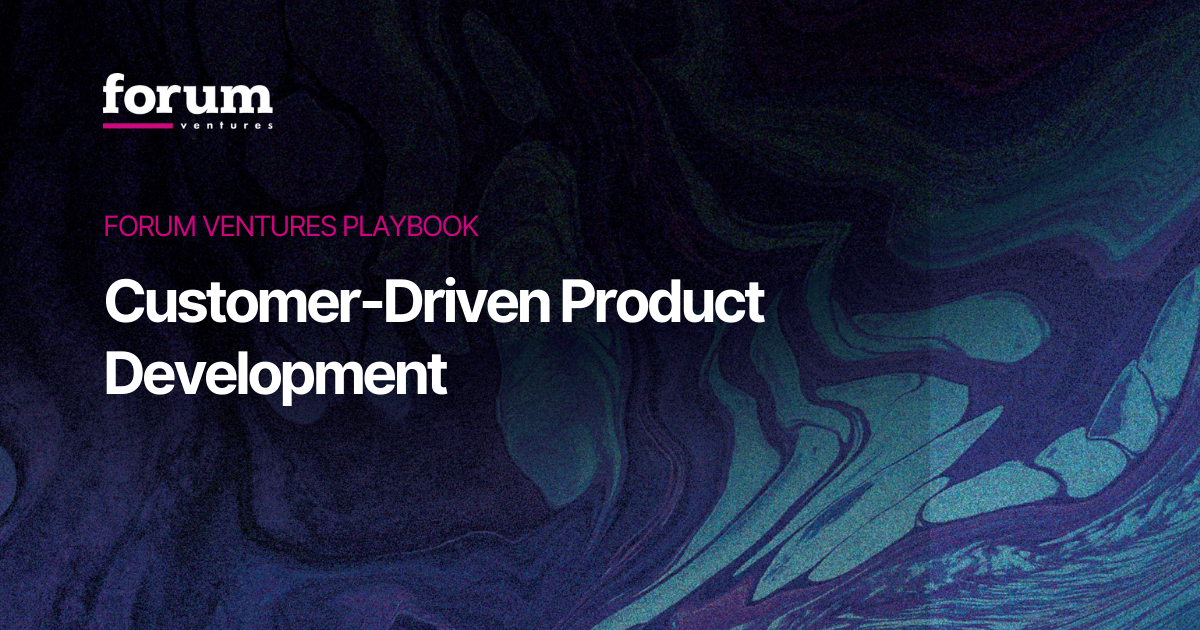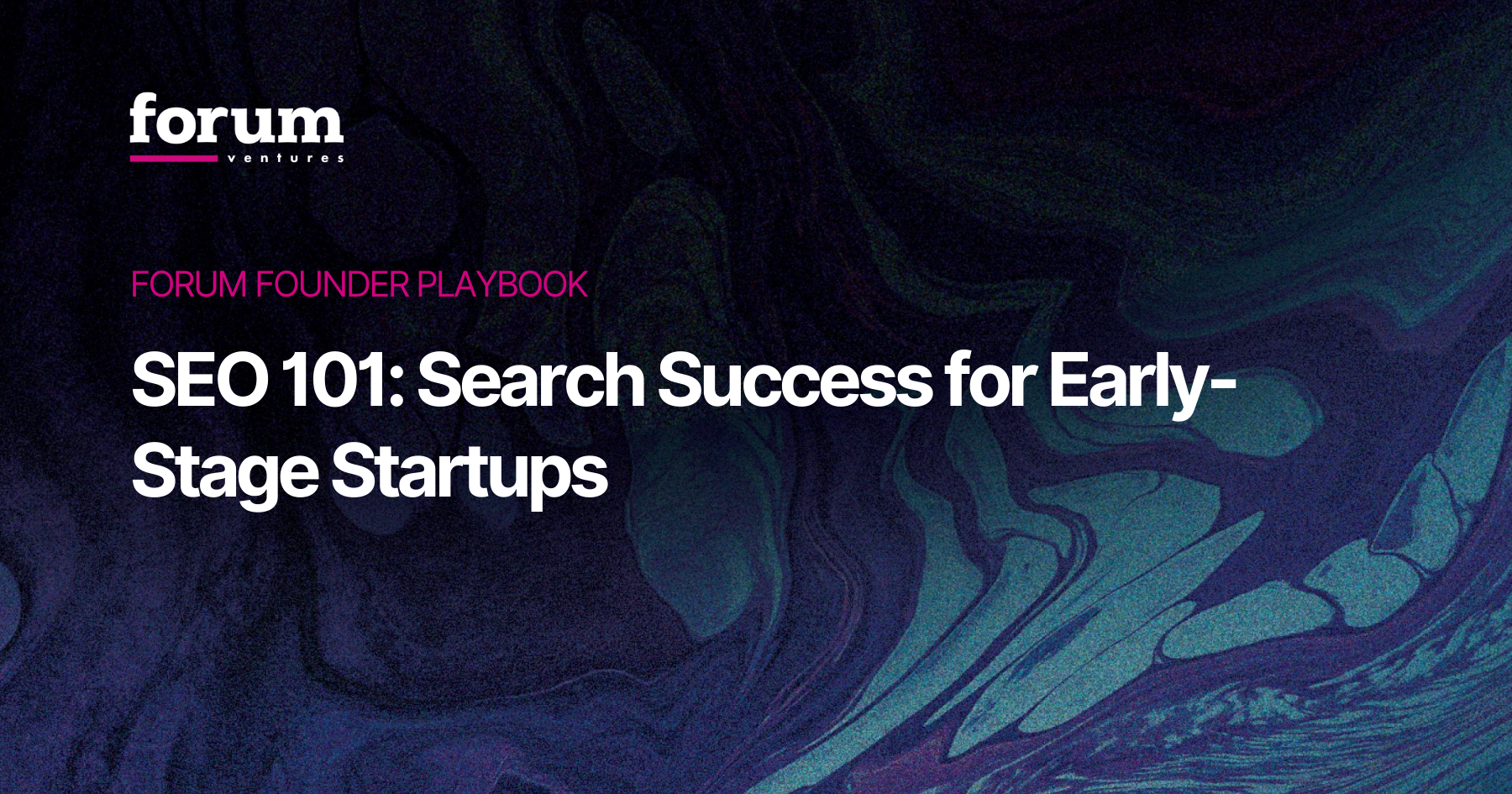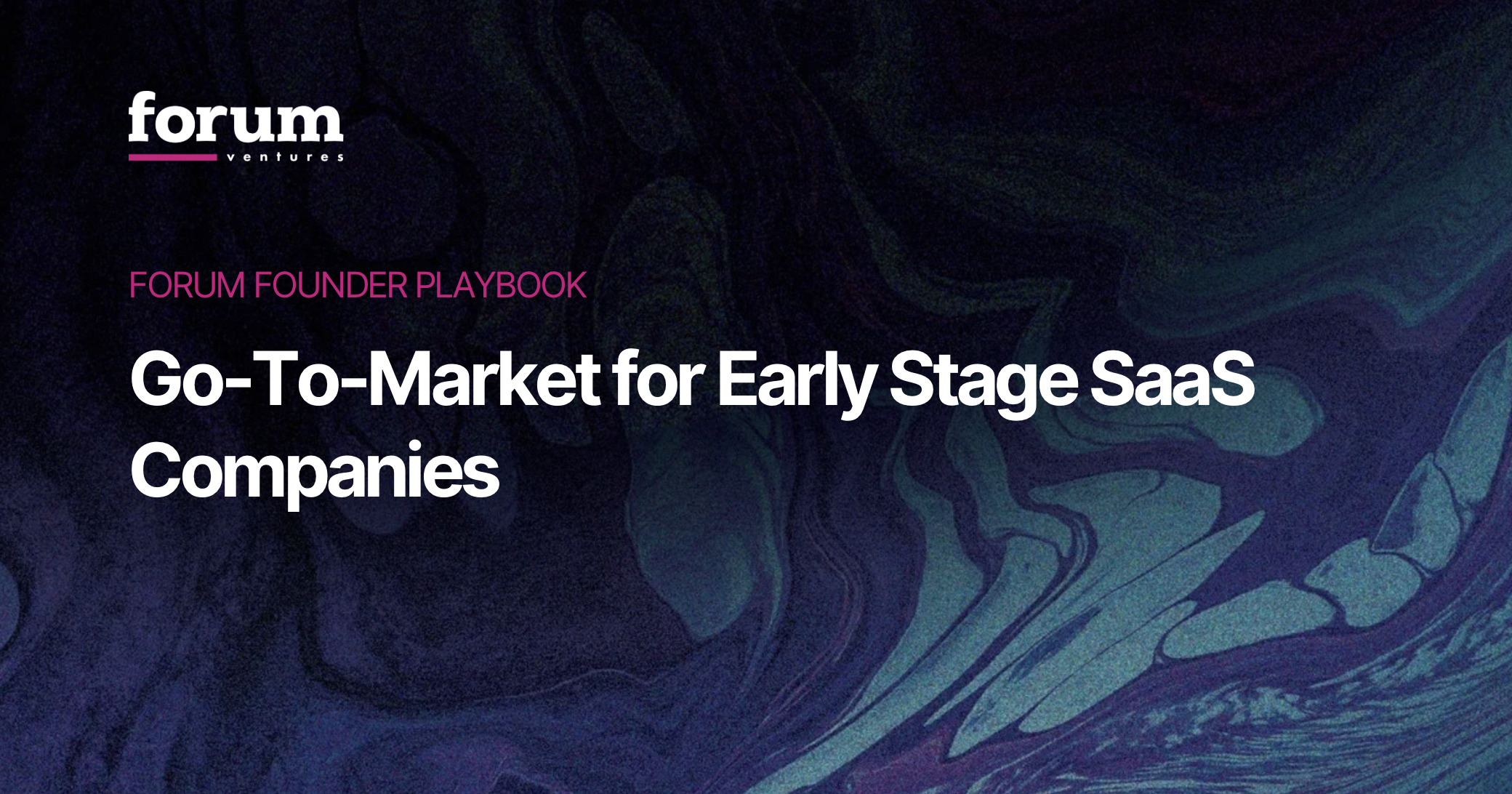Raising Capital is Hard. A Great Pitch Makes it Much Easier.
An Inconvenient Truth: At The Early Stage - Value is Arbitrary
You and your company are not worth its underlying intrinsic value. What you are worth is what the market perceives your value to be. Which means that the goal of fundraising, and this playbook is to start the process of building perceived value of your company.
What Makes Up Perceived Value
● First and foremost, what others VCs think of your company, also known as ‘heat’
● Perception of your market (some are weak, some are hot)
● Perception of your team / traction, etc
● The ‘Big Idea’ factor
● How well you package yourselves (presentation layer)
Your Pitch Deck
Your pitch deck is your chance to cover off most of these elements, and build the kind of ‘market heat’ that results in very successful raises.
We are going to show you how.
A deck is not a collection of disjointed pieces of information – it's a story. Your job is to tell a story that builds perceived value.
Narrative is ALL
A successful pitch deck is a clear, concise story that tells any potential investor (without any additional information) why you and your team are building a company that is going to get to $100M in revenue within 7 years. Without that clear story and path, you are unlikely to raise venture capital.
Three Big Rules
So, we know we are telling a $100M (and quickly) revenue story. And there are lots of ways to do that, but here are some rules that should always be followed.
- Build a Case. If you say it, prove it. VCs hear a lot of wild claims.
- Vision Matters. It’s easier to fundraise with a ‘big idea’. Find the big idea inside of what you are doing.
- Strengths First. VCs spend < 3 minutes reading a deck. Use your narrative framework to share the good stuff up front.
And of course, we will always be iterating.
How To Do it
- Pick a Narrative Framework
- Build the Case
- Check the Boxes
- Iterate Relentlessly
Narrative Frameworks
There are many, but pick an arc that best frames the ‘why’ and ‘why now’ YOU are the right team to bet on. There are many choices, but ultimately must tell the story of your future.
What is your “2-guys starting Apple in a Garage” narrative?
Society is Changing. Use this if: you are following a meta trend, and creating a new market.
Deck Structure:
- Societal Change
- Impact of Change
- White Space it Creates
- Vision
- Market Size
- Insight that Captures Market
- Solution
- Traction
- Team
Eureka Moment. Use this if: you have a core insight that is non obvious and transformational.
Deck Structure:
- Team
- Aha Moment
- Impact
- Vision
- Solution
- Market
- Traction
We Built. They Came in Droves. Use this if: You have great, fast traction.
Deck Structure:
- Traction
- Problem
- Vision
- Solution
- Why it’s Working
- Market Size
- Team
Tony Stark. Use this if: you built something technically difficult and unique.
Deck Structure:
- Big Solve
- Implications
- Market it Creates
- Vision
- Team
- Solution
- GTM
- Traction
Massive Market. Use this if: you are building in a well acknowledged huge space.
Deck Structure:
- Market Statement
- Unique Angle
- Vision
- Solution
- Team
- Traction
- Competition
Picked your narrative? Now tell me the story in 30 seconds or less.
Build The Case. We are going to have to prove EVERY statement we make. By laying it out as statement - proof point - impact, there is less room for disagreement. This is always true. There are a few ways to prove things that work:
- Third Party Validation
- Math. VCs respect Math
- Anecdotal Events (a sale, as an example)
As an example for Market Size, we are going to have both a top down, from say, Gartner, and a bottoms up based on what a customer is paying now.
Check the Boxes
These are the boxes we need VCs to believe in, before they will invest:
- Market: Must be clearly and believably $1B+ at a minimum (Top Down) and big funds need $10B+. Think in terms of reaching $100M ARR, then 5X that.
- Team: They have to think that you’re great. That can be experience, combination of skills, along with how you interact during the pitch.
- Founder Market Fit: Being great isn’t enough...you need to be the perfect founder for the problem you’re solving, and the company you’re building.
- Thesis: They have to believe in your thesis / vision that ‘there will be a $1B+ business’ that looks like the vision you outlined.
Keep it Simple
Your Deck is the trailer to your movie. Its purpose is to spark interest to get you a meeting with investors. You can add nuance and wow them during your presentation.
Don’t over-explain your product. VCs need only a few things to make a decision on whether they want to meet with you: Your market environment, your
vision and your team. Refrain from using buzz words or jargon.
Understand what matters. What are the top things that will drive significant value for your users? What are your few product WOW moments? Remove the noise.
Deck Design
We highly, highly insist your investor deck is professionally designed. Deck design can make or break an investment decision, as it creates the impression that you have your sh*t together.
Design makes you look bigger than you are - more professional than you are. It shows that you care about your brand and that you're in the right position to be selling customers.
- This does NOT mean designing your deck using an online AI tool like beautiful.ai or PitchBob.io
- Hire a professional designer who can make you look great – this will pay off
- If your budget is low, find a designer on Fiverr
A Few Things to Avoid
Not an exhaustive list, but here are some common mistakes to avoid. Remember your pitch deck exists to tell a story and land an investment meeting, not secure an investment. An investment is secured over multiple touchpoints.
- More than 10ish Pages
- Speak negatively
- Poor Design
- Lots of Product
- Leave unproven points
- Go over 15 minutes
- Leave Vision unclear
- Typos, etc.
- Assume Knowledge

.avif)
.avif)









